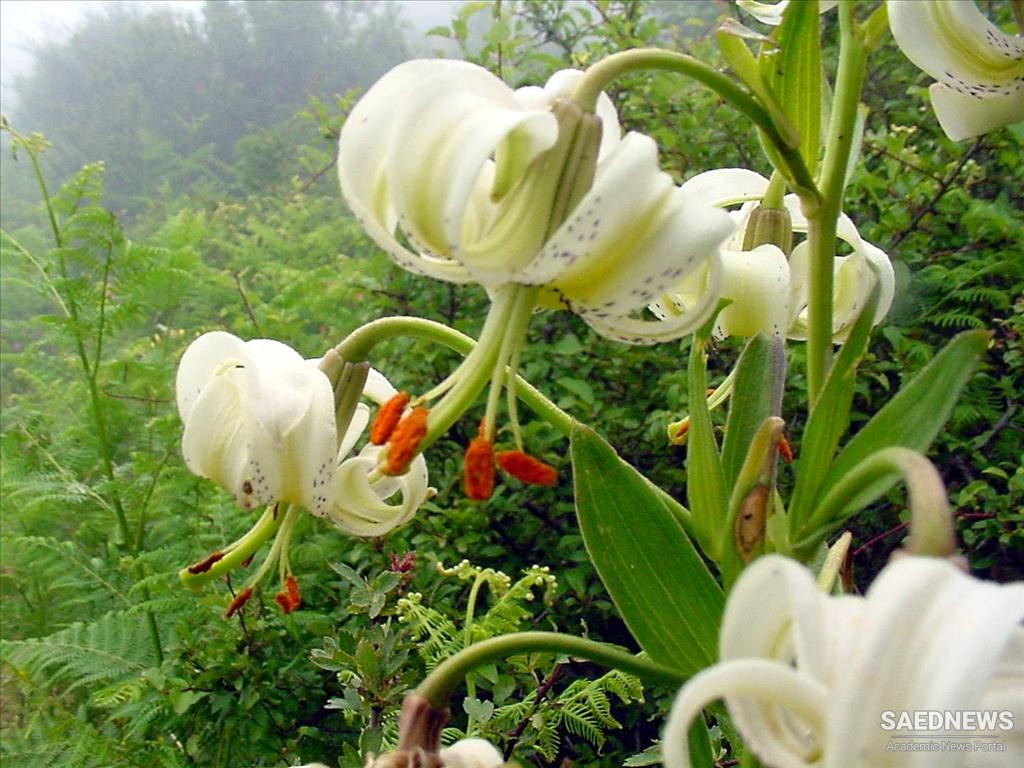Due to their great antiquity, these forests include rare plant and animal species of the world, which are the valuable natural heritage and treasures of Iran. The protection of them is essential. One of the areas where Lilium ledebourii can be seen is the Damash region in Gilan province. In this area, this plant grows in certain months of the year and for a short period.
Also, in recent years, there have been reports of the discovery of other habitats of Lilium ledebourii, including the 2000 Tonekabon region, as well as, very limited areas in the two provinces of Mazandaran and Ardabil.
This flower was discovered in 1351 AH by Ledbury, a French professor. And it was the first Iranian flower that was registered in the list of national natural monuments of Iran in 1355 AH. The scientific name of this flower derives from its discoverer name, and it is called Lilium Ledebourii. Picking or destroying this flower is an illegal act. This beautiful flower blooms every year in late June, and this has led to the celebration of Susan Chelcheragh in the Damash area of Gilan every year at that time. This area is now an environmentally protected region.
This plant is an ascending, multi-flowered plant that grows in the form of a chandelier with a downward-facing flower head. The color of the flowers is white, and more than 15 flowers appear on some specimens, while the number of flowers in this species is normally between 4 to 10 flowers. Lilium Ledebourii is a hardy herbaceous plant with oval and yellow flower bulbs, and it is 5-7 cm in diameter).
The leaves of this plant are upright, and fine trichomes are visible on the edges of these leaves. The flowers of this plant are regular and symmetrical.
This flower is one of the rare plant species, and it dates back to the fourth geological period. It is genetically one of the natural rarities of the world.
In addition, Lilium Ledebourii has no tendency to reproduce. So it is the greatest threat to their species extinction and destruction.
The Flowering period of Lilium Ledebourii is only two to three weeks, and this rare plant is under the protection of the Iranian rangers around the clock. To see this beautiful flower in late June, usually around 20 June, you must go to the Damash area of Gilan and participate in the glorious celebration of Susan Chelcheragh held in that region.



 Ashuradeh Island, Bandar Torkaman, North Iran
Ashuradeh Island, Bandar Torkaman, North Iran














































